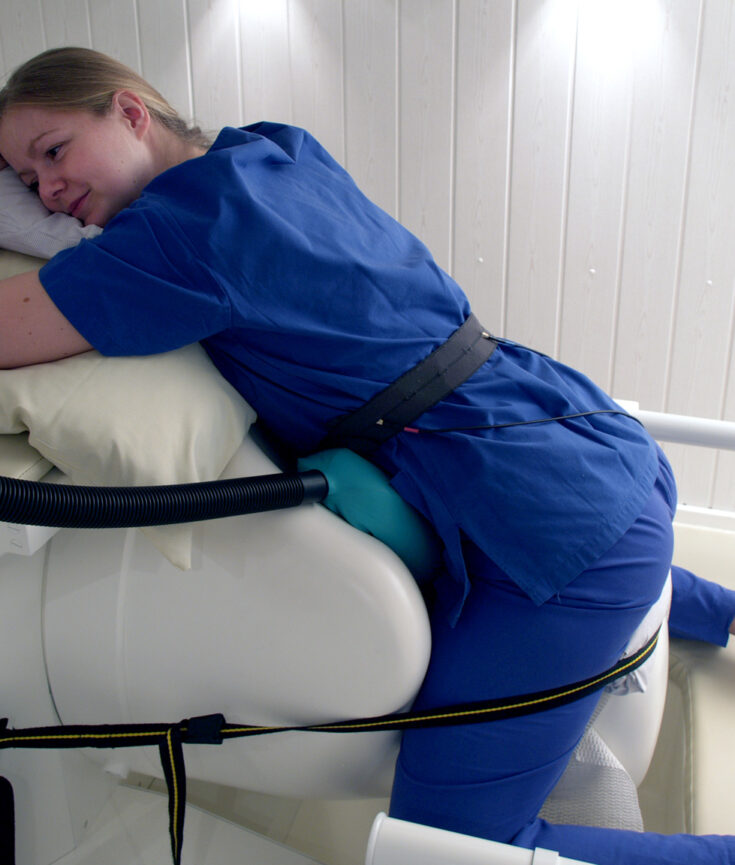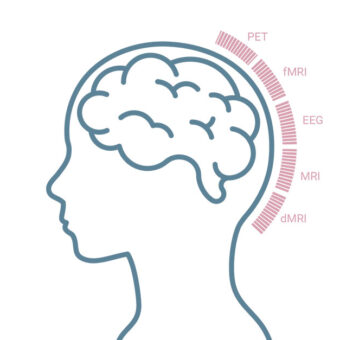Continuing our discussions on complexity in various applications (see our previous blog posts on Complexity in consciousness and in Parkinson’s), here we have applied the concept to a very interesting scenario together with our partners HMGU and INSERM within our project Luminous. A question that still puzzles humanity and is still a source of disagreement among experts in various disciplines is whether there is consciousness before birth. When does the magical journey of human consciousness emerge?
In the early stages of development, several cellular processes take place in an effort to form a functional brain and consciousness. During the few months after birth, the brain produces a huge amount of synapses followed by a process of synaptic elimination and stabilization that lasts until adolescence (Harang et. al., 2017). Moreover, myelination, a process during which the speed of the electrical pulses’ propagation in the neuronal fibres is increased, starts in the cerebellum and in the brainstem before birth but is completed in the frontal cortex (where executive functions and consciousness reside) in late adolescence (Dubois et. al., 2014). Long-range pyramidal neurons, which are important for conscious processing (Dahaene et. al., 1998), are developed around week 26 (Lagercrantz et. al., 2009) and indicate that there are already signs of consciousness at this stage.
With the current technological breakthroughs, we can now measure the foetal brain activity using foetal magnetoencephalography (fMEG), a tool that non-invasively captures the foetal brain activity in the last trimester of pregnancy and in neonates shortly after birth.
As we already know, brain complexity is related to consciousness, although such a relationship may depend on different measures and theories. Therefore, in order to be able to investigate foetal consciousness, first we need to identify the metrics and theories that best describe our problem. To do this, we acquire and properly clean the recorded neonatal and foetal data. This involves extracting several elements that describe the complexity of the signals and evaluates them in terms of robustness, efficacy, and speed of computation, which is done by comparing channels that do not contain any information to channels that contain abundant information.
In our experiment, the features were derived from two well-established theories on brain complexity, namely the fractal theory and the compression theory. In the first case, we extracted measures such as multiscale entropy, multiscale permutation entropy and correlation dimension among others, and in the second case we extracted the Lempel-Ziv complexity measure.
We found that the Lempel-Ziv complexity metric is the most robust metric and the less computationally complex, whereas the rest of the metrics require plenty of parameters to be properly defined, making them computationally expensive and lacking in robustness. Now that we know which metric and theory to use, we are looking forward to seeing how this metric behaves from foetal to neonatal and adult brains, and what kind of implications for foetal consciousness it has. Stay tuned! If you want more details about our study, don’t hesitate to read the whole paper!
References:
Ju, Harang, Costa M. Colbert, and William B. Levy. “Limited synapse overproduction can speed development but sometimes with long-term energy and discrimination penalties.” PLoS computational biology 13.9 (2017): e1005750.
Dubois, Jessica, et al. “The early development of brain white matter: a review of imaging studies in fetuses, newborns and infants.” neuroscience 276 (2014): 48-71.
Dehaene, S., Kerszberg, M., and Changeux, J.-P. (1998). A neuronal model of a global workspace in effortful cognitive tasks. Proceedings of the National Academy of Sciences 95, 14529–14534.
Lagercrantz, H., and Changeux, J.-P. (2009). The emergence of human consciousness: from fetal to neonatal life. Pediatric Research 65, 255–260.



